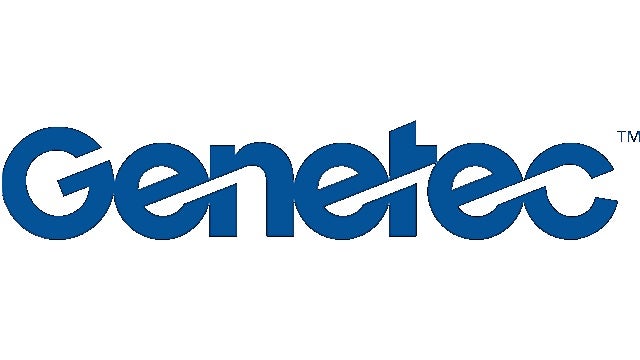
By Evgenia Ostroskaya, Business Development Director, Signature Brands, at Genetec Europe.
Many banks find themselves with legacy security solutions that are not meeting their evolving security needs. These systems can prove a liability when trying to respond to new emerging security threats. Moving forward, banks need to be creative about how they use, update, and redeploy security systems.
When deciding on a new security system, cost is understandably one of the most important factors. However, it should not lead an organisation to deploy a system incapable of evolving to meet current and future requirements. Considering how a system can be deployed beyond security and add value to operations is a good first step in making the business case for the right investment.
A well-thought-out strategy should consist of a two-step approach. This includes unifying all security systems on a central platform and moving operations to the Cloud. This article seeks to explore the benefits of this strategy in more detail.
- Unify security systems for a broader view
Banks that operate independent security systems quickly run into problems when it comes to managing their systems, simplifying compliance and maintaining high cybersecurity levels. Implementing a unified security platform like, Genetec Security Center, can help overcome these problems.
It integrates video surveillance, access control, automatic number plate recognition (ANPR), communications, analytics and more on a single platform, enabling centralised monitoring of your systems health and greater control over all cross-site networks. A more holistic view helps organisations to anticipate problems and develop solutions more proactively. This makes them more effective with their system maintenance and prevents small issues from turning into major concerns.
In addition, banks’ own security personnel and law enforcement agencies can benefit from unified security solutions – for example – when dealing with an incident. It can aid investigations by allowing authorised parties to securely collect, manage, and share video evidence and other relevant case information from one single application.
Unified solutions can link data from multiple devices, such as video surveillance and access control, significantly reducing the time required to locate and share data. This simplifies operations, particularly when multiple branches are involved, as the platform can correlate video feeds and other data from each branch.
- Migrate to the Cloud to reduce costs and risks
A Cloud-based video management solution (VMS) such as Genetec Stratocast can reduce overall costs and provide long-term scalability benefits. Unlike on-prem VMS solutions, a Cloud solution does not require on-site servers. It enables cross-site protection without additional planning or infrastructure investment. In addition, all data can be centralised in the corporate control centre.
Migrating to the Cloud also means that banks no longer have to buy or maintain server hardware when it breaks down or needs replacing. This can significantly reduce maintenance costs and the reliance on internal IT teams.
Cloud-based solutions also offer a number of key scalability benefits. Banks can flexibly adapt to the constantly changing requirements of each branch. The amount of storage space required for consistent video surveillance can be increased or decreased as required. Plus, if additional surveillance cameras are needed in the future, they can be easily installed without much effort and the storage space in the cloud can be adjusted at any time.
Moving to the cloud also protects data from potential loss or cyberattack, because it is stored off-site, and protected from physical tampering or failing on-site hardware. Tier-one cloud providers also implement far more stringent cybersecurity measures for their infrastructures than most independent organisations could ever afford to do on their own. They offer the highest levels of security for their data centres since they have to comply with regulations such as SOC 2, ISO 27001, HiPAA and PCI. Furthermore, IT tasks such as infrastructure maintenance and patching are done in a timely matter, ensuring the ongoing security of the services provided.
Of course, Cloud service providers must do their part to ensure that the right security mechanisms are in place such as encrypted communications, data protection capabilities, and strong user authentication and password protection. Not only do these tools help protect organisations against hackers and other internet-based attacks, but they ensure only those with defined privileges will be able to access or use resources, data, and applications.
Closing thought
If you are looking to upgrade your existing security infrastructure with a unified Cloud-based solution, I would love to meet you for a coffee! Get in touch with me at: eostrovskaya@genetec.com

